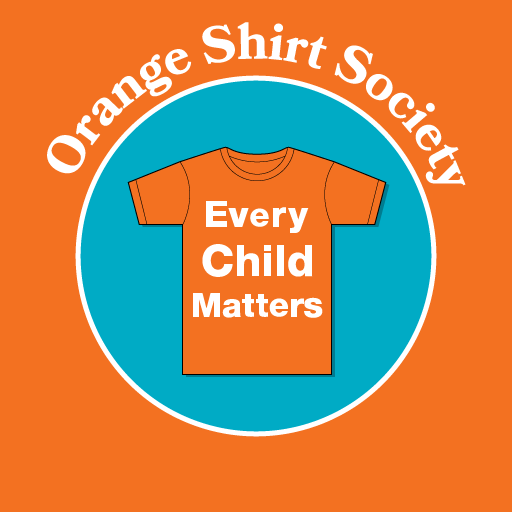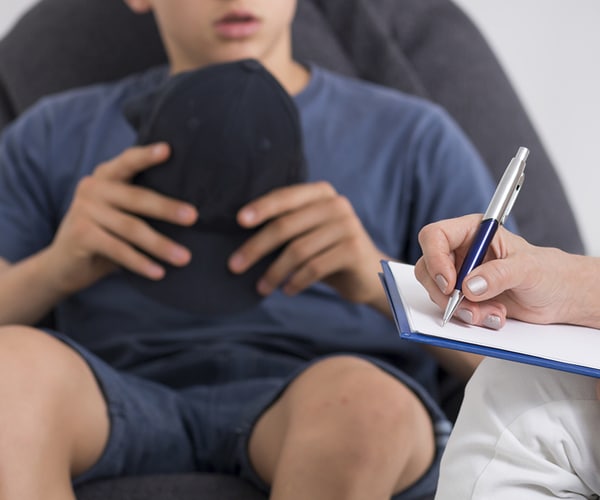Did You Know?

Genetics AND environment both likely causes of psychosis
October 24, 2022Sometimes the cause of psychosis can be clearly identified, for example, when episodes are a result of substance use or medical conditions. Yet many questions remain about other causes of psychotic disorders. Researchers have put considerable effort into identifying the causes of schizophrenia given its lifelong consequences. Current evidence suggests that schizophrenia likely results from complex interactions occurring over time among thousands of genes and multiple environmental risk factors — none of which cause schizophrenia on their own. And while genetics play a big role, it does not play the only one. For example, having a first-degree relative with schizophrenia increases the risk, yet most people with this disorder do not have an affected relative. Paradoxes like this have led scientists to look at environmental factors that can influence both gene expression and overall development. Prenatal exposure to infections and perinatal complications such as hypoxia appear to increase risk. Important risks — such as heavy cannabis use — can also occur later in a young person’s development. Overall, schizophrenia likely arises as a result of atypical brain development due to multiple genetic changes and environmental risks occurring over time. For more information, see Vol. 14, No. 4 of the Children’s Mental Health Research Quarterly.

Here are the symptoms of psychosis
October 17, 2022All psychotic disorders include delusions as a core symptom. These false beliefs are persistently maintained despite the absence of evidence to support them. Hallucinations are another feature of most psychotic disorders and involve sensations such as hearing voices or seeing objects that others do not perceive. A meta-analysis that included more than 1,500 youth with psychosis found that auditory hallucinations were the most common symptom that these young people struggled with. Psychosis may also include disorganized thinking that impairs communication and disorganized behaviour that interferes with daily living. For more information on psychosis, see Vol. 14, No. 4 of the Children’s Mental Health Research Quarterly.

Help mark World Mental Health Day
October 10, 2022October 10 is World Mental Health Day — an annual acknowledgement by the World Health Organization that mental health is an urgent priority. In 2019, an estimated one in eight people globally were living with a mental disorder. Since the beginning of the COVID-19 pandemic, those numbers have become worse. Estimates put the rise in both anxiety and depressive disorders at more than 25% during the first year of the pandemic. At the same time, mental health services have been severely disrupted and the treatment gap for mental health conditions has widened.
The theme for this year’s world mental health day is “making mental health and wellbeing for all a global priority,” a priority strongly endorsed by the Children’s Health Policy Centre. We encourage governments to put adequate funding into public health so that children, in particular, do not bear the brunt of undiagnosed and untreated mental disorders, especially ones that are preventable. For more information on the prevalence of childhood mental disorders in high-income countries, see here.

Psychosis often results in significant impairment
October 3, 2022Psychotic symptoms are a central feature of several different mental disorders including schizophrenia. They may also appear as a result of delusional, brief psychotic, schizophreniform and schizoaffective disorders, all of which are classified as psychotic disorders. As well, psychotic symptoms can also occur in some mood disorders, including depression and bipolar disorder. Substances, such as cannabis, and medical conditions, such as infections or epilepsy, can also cause psychotic symptoms. Regardless of cause, ongoing psychosis is associated with a high degree of impairment — and now ranks as the 19th cause of disability worldwide. For more information, see Vol. 14, No. 4 of the Children’s Mental Health Research Quarterly.

Celebrate orange shirt day, Sept. 30
September 26, 2022Orange Shirt Day is an Indigenous-led, grassroots movement started by Phyllis Webstad, a Northern Secwpemc (Shuswap) woman and residential school survivor, in 2013. Its aim is to recognize the harm the residential school system did to Indigenous children and their families.
In 2021, the federal government declared Sept 30 the National Day of Truth and Reconciliation. The commemoration is intended to be an act of reconciliation to acknowledge the harm done to First Peoples.
The day is an important reminder of the need to recognize the strength and resistance of those who lived through and survived the violence of the residential school and colonial systems — and to reflect on our continuing impact on the lives of Indigenous peoples. For more information on Orange Shirt Day and to learn how you might become involved, go here.
For more information about fighting racism, see Vol. 15, No. 3 of the Children’s Mental Health Research Quarterly.

More children need mental health help
September 12, 2022An estimated 13% of children and youth in Canada have mental disorders at any given time, and most do not receive mental health care. Therefore, many more young people need to be reached. Taking a comprehensive public health approach is the best strategy for meeting these needs. Such a strategy involves addressing social determinants of mental health, including avoidable adverse childhood experiences; promoting healthy development for all children; preventing mental disorders in children at risk; providing treatment for all children with mental disorders; and monitoring outcomes.

Aug 31 is International Overdose Awareness Day
August 29, 2022International Overdose Awareness Day is a reminder of the harm that drugs inflict on our society — especially illegal drug toxicity deaths, which continue to set records in BC and across Canada. International Overdose Awareness Day also aims to reduce the stigma attached to the issue, most of which is unfairly faced by victims and their families. The Children’s Health Policy Centre takes the position that for youth, most risk factors for problematic substance use relate to adverse family circumstances, in particular, family socio-economic disadvantage. A recent issue of the Children’s Mental Health Quarterly explored the topic of how to prevent problematic substance use among youth.

Celebrating an agreement between the Assembly of First Nations and the Cdn gov’t
August 8, 2022Money to compensate young people harmed by Canada’s discriminatory child welfare system is expected to begin flowing to Indigenous communities sometime next year, now that the federal government and the Assembly of First Nations (AFN) have reached a final settlement agreement.
Ottawa, the AFN and plaintiffs in two class-action cases reached an agreement-in-principle earlier this year. The parties announced in July that the agreement had been finalized.
In total, $20 billion will be made available to:
- First Nations children on-reserve and in the Yukon who were removed from their homes between April 1, 1991 and March 31, 2022.
- Those affected by what the government called its “narrow definition” of Jordan’s Principle, used between Dec. 12, 2007 and Nov. 2, 2017. (Jordan’s Principle aims to ensure Indigenous children living in Canada can get access to the products, services and supports they need, when they need them.)
- Children who did not receive an essential public service or faced delays in accessing such services between April 1, 1991 and Dec. 11, 2007.
- Caregiving parents or grandparents of the children covered by the agreement who may also be eligible for compensation.
In view of the International Day of the World’s Indigenous People, taking place Aug. 9, the Children’s Health Policy Centre celebrates this recent decision. We encourage readers to commit to fighting racism, a topic we explored in Vol. 15, No. 3 of the Children’s Mental Health Research Quarterly.

How can we better help children at risk for psychosis?
July 18, 2022The Children’s Health Policy Centre suggest three recommendations to guide research, practice and policy relating to psychosis:
- Build on what has been discovered so far. Although one study examining a food supplement showed promise, more studies are needed to ensure the results can be replicated.
- Learn from effective adult interventions. Rigorous evidence from studies involving high-risk adults indicates that psychosocial interventions can prevent psychosis in this population. Evaluating the same interventions for high-risk youth could result in new — and earlier — prevention options.
- Provide comprehensive care for high-risk young people. Even though prevention research is still emerging, practitioners can play a crucial role by providing services for youth at risk of psychosis. Such services include monitoring, providing education and supports, and prescribing antipsychotics if these medications become warranted.
Given that psychosis profoundly influences developmental trajectories starting in adolescence, and given the high associated burdens and costs for individuals and for society, preventing psychosis is an important goal. For more information on psychosis, see Vol. 14, No. 3 of the Children’s Mental Health Research Quarterly.

Are there effective psychosocial interventions for youth at-risk for psychosis?
July 11, 2022Two psychosocial interventions — Auditory Cognitive Training and Family-Focused Treatment — have been proposed as treatment for helping youth at risk of psychosis. But both interventions failed to produce significant benefits in recent evaluations. Auditory Cognitive Training led to no difference between the intervention and control groups regarding psychotic symptoms, overall functioning or any cognitive outcomes, including learning, memory, problem-solving and processing speed. Family-Focused Treatment also failed to produce significant benefits. At the end of treatment, no statistically significant difference was found between intervention and control groups regarding psychotic symptoms or overall functioning. For more information on psychosis, see Vol. 14, No. 3 of the Children’s Mental Health Research Quarterly.
